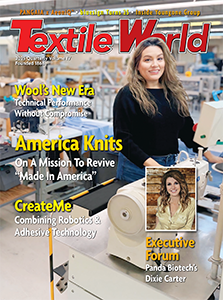NEW YORK CITY — June 29, 2018 — UNTUCKit, one of the fastest-growing retail brands in the United States, announced today its addition of NASCAR driver Chase Elliott to its growing roster of athlete supporters, in a partnership that sits at the intersection of investment and brand ambassadorship. The relationship will kick off today with a two-race primary sponsorship of GMS Racing’s No. 23 UNTUCKit Chevrolet Camaro to be driven by Elliott at this weekend’s NASCAR Xfinity Series race at Chicagoland Speedway (June 30) and next weekend at Daytona International Speedway (July 6).
“I’ve been a fan of the UNTUCKit look, fit and feel for a while now and I’m excited to finally partner with them not only on a personal level, but also on their first race car sponsorship,” said Elliott, 22, who hails from Dawsonville, Ga. “They are a great fit with my lifestyle off the race track and I hope the success we have on the race track is a jumpstart to a long relationship together.”
Elliott, the 2014 NASCAR Xfinity Series champion, finished second at Pocono Raceway earlier this month in his last appearance in the No. 23 GMS Racing entry. Now in his third full season on the NASCAR Cup Series circuit, Elliott is racing a select number of NASCAR Xfinity Series races for GMS this season.
“Any time Chase gets in our car, it is an opportunity to win,” said GMS Racing President Mike Beam. “Therefore, it is a great opportunity for a brand like UNTUCKit that is new to the sport of NASCAR to make a splash right out of the gate and resonate with NASCAR fans.”
The partnership with UNTUCKit is reflective of Elliott’s casual lifestyle and popularity with the NASCAR fan base, as he joins a roster of other prominent UNTUCKit celebrity investors and brand ambassadors, most recently Drew Brees, NFL Super Bowl champion quarterback and entrepreneur.
“We’re excited to welcome Chase to the UNTUCKit family as an investor and watch his success on the track with GMS Racing,” said UNTUCKit CEO Aaron Sanandres. “Chase is incredibly humble, family-oriented and charitable, so it’s no wonder NASCAR fans have been drawn to him. His active career and laid back lifestyle both encompass the UNTUCKit brand, so bringing him on as a brand ambassador was a natural next step.”
The Overton’s 300 race at Chicagoland Speedway airs tomorrow, June 30, at 3:30 p.m. ET on NBCSN and the Firecracker 250 at Daytona International Speedway airs on July 6 at 7:30 p.m. ET on NBCSN.
Posted June 29, 2018
Source: UNTUCKit




